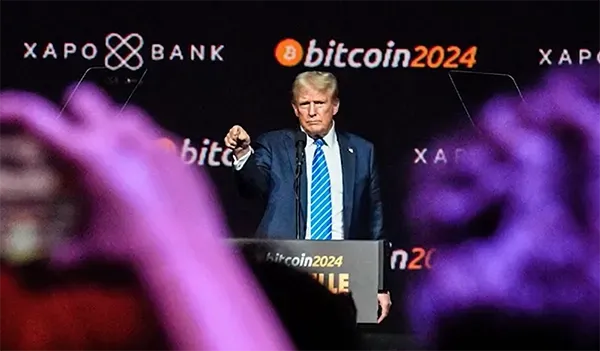Semiconductor Selloff Creates Opportunities
Value Play
The semiconductor index is up only 0.5% in 2025 compared to 43% last July, creating massive value opportunities.
The recent AI stock volatility has created unexpected value opportunities in the semiconductor sector that powers these physical AI systems. Year to date, the benchmark PHLX Semiconductor (SOX) index is up 0.5% as of Feb. 24, lagging the S&P 500, which has returned 1.7% over the same period in 2025. Compare that SOX figure to July 10, 2024, when the index was up 43% year to date after soaring 65% in 2023. Nvidia CEO Jensen Huang has said physical AI represents the world's next trillion-dollar industry.
The Tesla Turnaround Story
Contrarian Opportunity
Tesla shares down 41% in 2025, but the company is launching robotaxis in Austin this June.
Despite a challenging 2025 that saw Tesla shares down 41% year-to-date and automotive revenue plunge 20% from a year earlier, the company is positioning itself as a leader in the physical AI revolution. Tesla's vertical integration in AI, manufacturing expertise, and autonomous systems create a formidable foundation for leadership in the emerging $20 trillion robotics and autonomous mobility markets. Musk said in the opening remarks of Tesla's earnings call that the company would be "launching unsupervised Full Self-Driving as a paid service" in Austin in June.
Wall Street's M&A Surge in AI
While public AI stocks face volatility, corporate dealmaking in the sector remains robust. Between the beginning of January and June 17, the number of US-targeted mergers and acquisitions is down by roughly 18%, according to Dealogic. But the total value of all of this year's deals is up 10% compared to the same period in 2024. "Anything that's sheltered from tariffs in a shifting and evolving sector is where you're going to see the activity right now, and AI is somewhere with that, where there is an absolute race," Lucinda Guthrie, head of data provider Mergermarket, told Yahoo Finance. More than two-thirds of companies on this year's D50 list — 38 companies — said that AI is "critical to their business," up from 34 last year.
What This Could Mean for Investors
Investment Insight
Smart money is flowing toward companies building tangible AI products while retail investors chase software plays.
The shift from software to physical AI represents a fundamental change in how smart money is positioning for the next wave of technological disruption. While retail investors remain focused on chatbot companies and software applications, institutional money is flowing toward companies building tangible AI-powered products with clear paths to profitability. The surge in funding comes as President Donald Trump has proposed an increase in defense spending, with a focus on modernizing military capabilities and opening opportunities beyond the legacy defense sector. For individual investors, identifying these under-the-radar opportunities before they achieve mainstream recognition could be the difference between participating in the next Tesla-sized winner or watching from the sidelines as institutional investors capture the gains.








